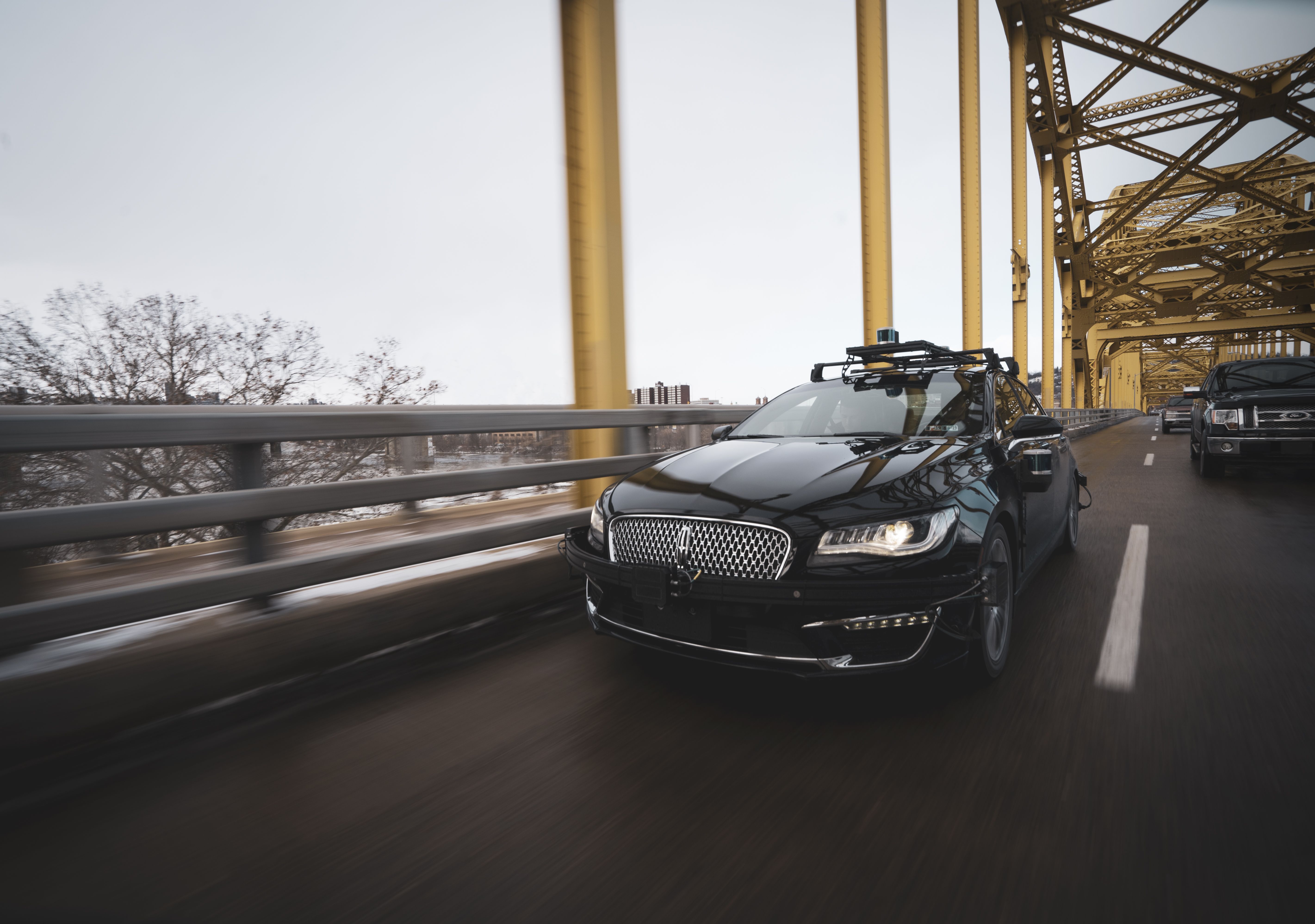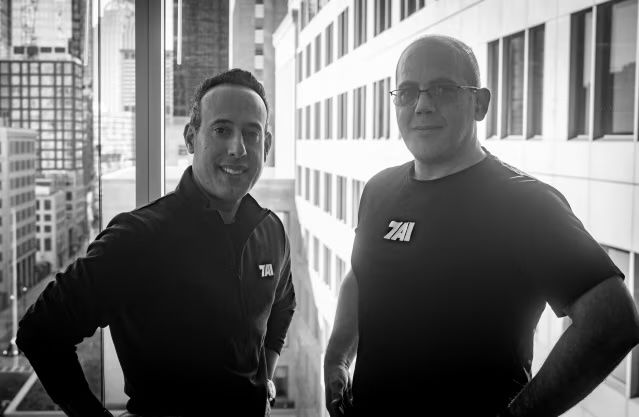Why Aurora Will Win the Self-Driving Market

On the heels of Aurora's impressive $530 mn Series B round, our partner Mike Volpi shares why he thinks Aurora is poised to win the self-driving market.
If you’ve spent any time researching self-driving cars, you’ll know that all roads lead to Chris Urmson. Chris was working on autonomous vehicle technologies before most of us had even heard of the concept, and has gained such profound experience from his time at Carnegie Mellon and Google that he could answer questions we wouldn’t even think to ask.
Index spent more than a year talking to Chris before he founded Aurora in 2017, when he joined forces with two other leaders in the autonomous driving industry - Drew Bagnell, formerly of Uber, and Sterling Anderson of Tesla. What the company has achieved since has been remarkable, and today we’re delighted to double down following our Series A investment in February 2018. We’re joining an impressive $530mn Series B funding that reflects the magnitude of their work and the potential of their opportunity. This round - which sees the company’s valuation skyrocket to more than $2.5bn - is led by Sequoia, and includes T Rowe Price and Amazon, in addition to Index.
There are many competitors trying to win a piece of this massive market for self-driving cars, ranging from startups and large technology players to traditional car manufacturers. Some startups are tackling components of the overall solution like sensors, maps and simulation software, while others are trying to build entire vehicles, soup-to-nuts. Another category includes the automotive OEMs who have acquired or own majority stakes in AV companies, or automotive “tier one” suppliers like Bosch. Then there are the ride-sharing companies Uber and Lyft, who have their own initiatives in the works. And, of course, there is Google and Waymo.
Yet Aurora has a clear competitive advantage due to its position as an independent company and the fact that it’s a full-stack provider to the AV market. As Aurora likes to say, it is the “driver” of the driverless car.
Being a full stack provider is critical, because building and operating a self driving car involves a complex combination of technologies including artificial intelligence (AI) and deep learning, sensor technology, maps, cloud and in-vehicle computing, semiconductors, and many others. These rapidly-changing technologies work together to create a functional solution - one on which people’s lives depend on. Given that all of these combined components impact each other’s performance and capabilities, the biggest value is in the creation of the integrated solution. This is what Aurora delivers.
Aurora’s second critical component - its independence - is paramount, because of the nature of the ecosystem around AV. Firstly, given that the first generation of self-driving cars will most likely be “geo-fenced” in the early days, it’s not practical for consumers to buy them directly. It’s much more likely that this generation of cars will be deployed as robo-taxis or simply offered as members of a ride-sharing fleet. Given the liquidity that companies like Uber and Lyft have access to, it’s doubtful that anyone coming late to the game will unseat their position in the market. These ride-sharing companies will also not look very kindly to “suppliers” who compete with them. Therefore, if the auto OEMs or Google decided to compete with Uber of Lyft, they will miss out on the most lucrative part of the market - the ride-sharing business.
Secondly, at the heart of self-driving cars is AI and, as we know, AI “learns” as it experiences events in the real world. Therefore, a system that is faced with more heterogeneity (different types of cars it drives with, various conditions it drives in, or wider ranges of fleets it is a part of) will improve at a much faster pace than a system faced with a homogenous scenario. A system that runs only on a single brand of cars and operates only in a single brand of ride-sharing fleet will improve at a slower pace that one that works with many cars and is part of many fleets. As an independent provider of “drivers,” Aurora is best positioned to capitalize on the broader range of learning and, subsequently, on the fast technology evolution.
Another point that is important to make is that there in an echo chamber among the self-driving purists that making cars is easy; in this circle, auto manufacturers are considered “metal benders.” Having served on Fiat Chrysler’s board for two years, I emphatically disagree. Designing and building millions of vehicles per year and having them operate in an enormous range of circumstances for a decade or more is not an easy feat. It requires a huge amount of knowhow and experience that automotive companies have built up over years. Aurora’s decision to partner with leaders like Volkswagen, Hyundai and others is highly strategic and makes great business sense.
I’d be remiss not to mention Google here. Clearly, they have been at this the longest and have invested a lot of time and resources in this area. It's not entirely clear what Waymo’s go-to-market plans are, but it does seem that they range between the “metal-bender” view of the auto industry and the intent to compete with Uber and Lyft. While they are a company that deserves massive respect, we believe the market will ultimately favor a different approach.
At Index, we not only regard the Aurora team as the best technologists in the business, but we strongly believe that they have figured out the best path for success in this hugely complex, three-dimensional chess game of self-driving.
There is a long road ahead for autonomous vehicles. The technology is not ready today, and will not be ready for a while. But, when the time comes, we will have partnered with the one company that will grab the brass ring: Aurora.
Published — Feb. 7, 2019
-

-
